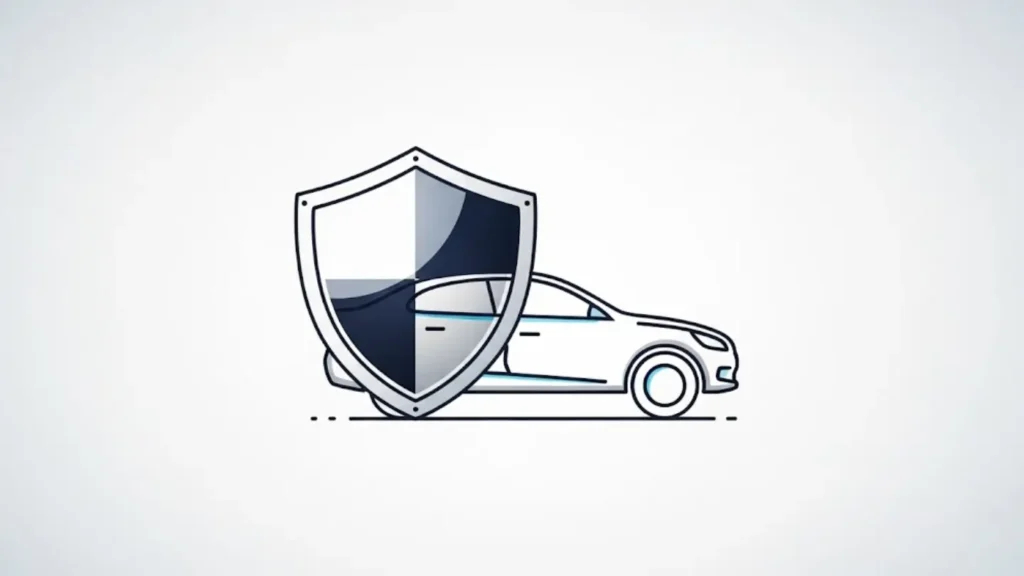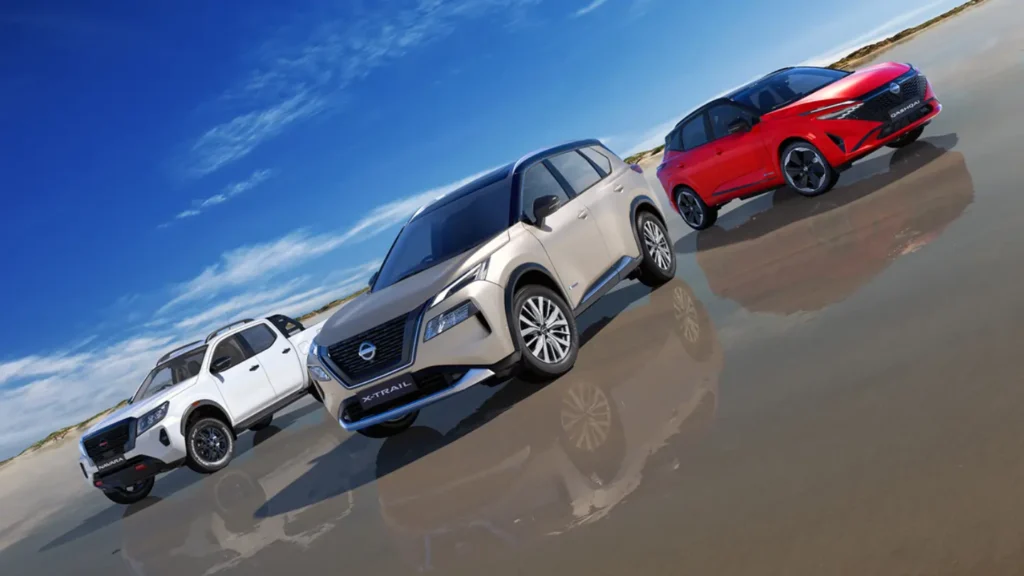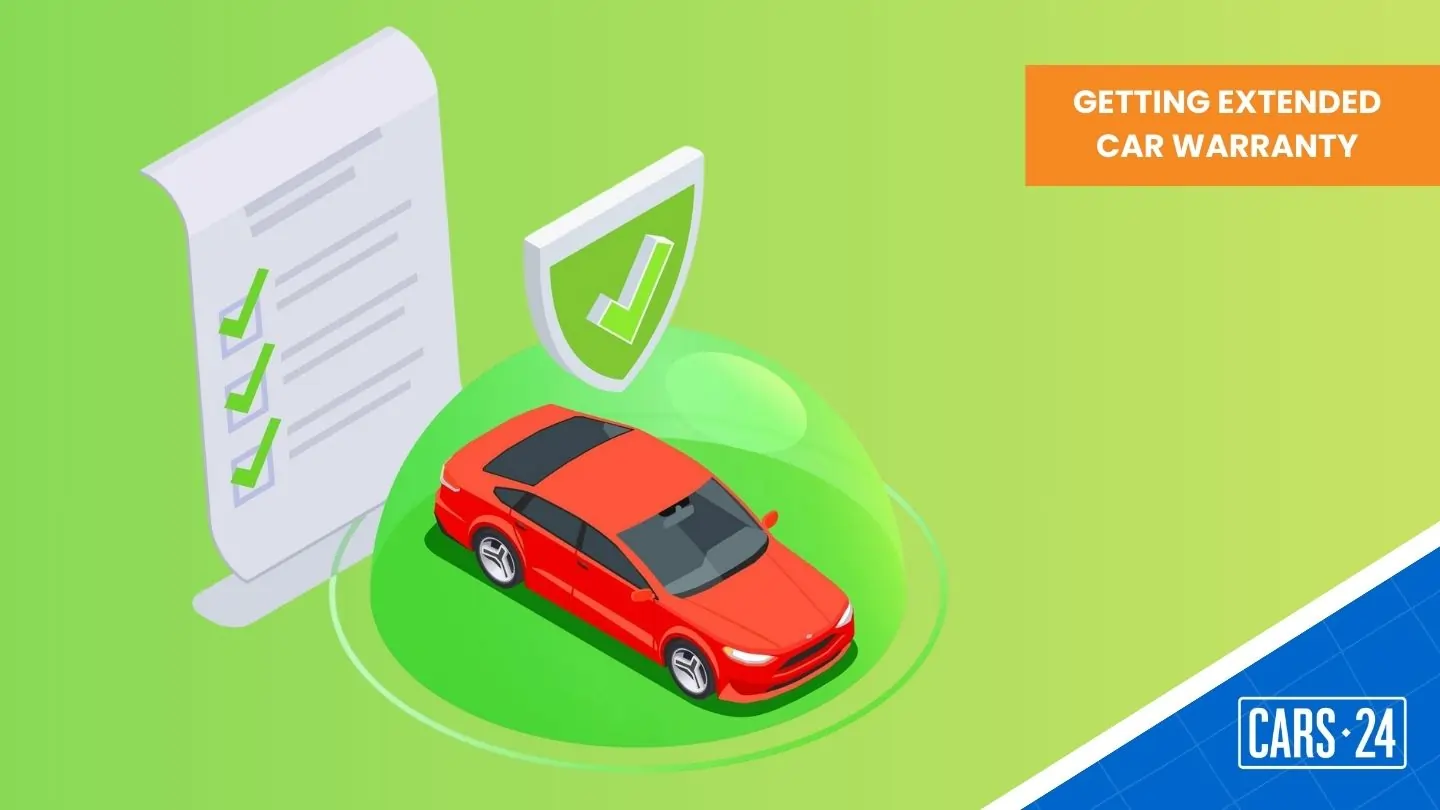Cars are one of the biggest financial investments most of us will make, and while owning one brings freedom, it can also bring unexpected maintenance costs. A flat tyre is one thing, but what about a gearbox failure or a faulty electrical system? That’s where warranties step in. Once your manufacturer’s warranty expires, should you hit the brakes or opt for an extended one? Let’s break it down.

What is a standard car warranty?
A standard warranty is the safety net you get when you buy a new car. The manufacturer promises that if certain faults arise within a set time period or distance travelled, the repair costs are on them, not you.

In Australia, buyers are also protected by statutory warranties. These vary by state and usually apply to used cars bought from licensed dealers. For example, in NSW and VIC, used vehicles under 10 years old and with less than 160,000 km often come with a three-month/5,000 km warranty. Conditions differ elsewhere, so it’s worth checking your state’s consumer protection website for specific details.
What the car warranty doesn’t cover is the parts that can degrade from everyday wear-and-tear items, such as tyres, brake pads, or the cost of regular servicing.
What exactly is an extended warranty?

An extended warranty does precisely what the name suggests; it extends your car’s warranty period beyond the manufacturer’s coverage. Think of it as a renewed safety net against future mechanical or electrical failures, but at extra cost.
These warranties and their coverages can vary widely. Some cover major parts, such as the engine and transmission, while others are more comprehensive and even include extras like roadside assistance. The key is always in the fine print: what’s included, what’s excluded, and under what conditions you can claim.
How does it work?

If you purchase an extended warranty, it typically takes effect once your manufacturer’s coverage expires. There’s no overlap; you’re essentially paying to keep that safety net going.
You can buy an extended warranty when you purchase your car or later, as long as the original warranty is still valid. For many drivers, that’s appealing, especially as vehicles become more complex with high-tech electronics and advanced safety systems. Even diagnosing a minor warning light can run into the hundreds, while more significant failures can cost thousands of dollars.
When it comes to used cars, things work a little differently. Since most pre-owned vehicles are no longer under their original manufacturer’s warranty, the “extended warranty” you’re buying is typically a service contract that takes effect immediately. These plans can cover anything from major engine and transmission repairs to more minor electrical issues, depending on the level of coverage you choose. For buyers, this means that they won’t be left footing the bill for unexpected repairs on a car that no longer has factory protection.
The upside of an extended warranty

Here’s where an extended warranty can make sense:
- Budget protection: Avoid the shock of big, one-off repair bills.
- Peace of mind: Especially useful for long road trips or high-mileage drivers.
- Resale boost: A transferable warranty can make your car more appealing to private buyers.
- Extras: Options like roadside assist add everyday convenience.
The downsides of an extended warranty

But don’t make the payment just yet, there are a few bumps in the road to consider.
- Extra cost: You’re paying upfront or monthly, and not everyone ends up claiming enough to make it worthwhile.
- Exclusions: Routine maintenance, wear items, and some faults may not be covered.
- Fine print traps: Claim limits, excess payments, and service conditions can vary.
- Not always necessary: If you upgrade cars often or set aside a repair fund, you may not need it.
Which brands already offer the longest warranties in 2025?

Before paying extra for extended coverage, check what your car brand already provides. In 2025, several manufacturers in Australia have pushed warranty limits well beyond the five-year norm:
- Nissan – 10 Years / 300,000 km
- MG – 10 Years / 250,000 km
- Mitsubishi – 10 Years / 200,000 km
- Jaecoo – 8 Years / Unlimited km
- GWM/Haval – 7 Years / Unlimited km
- Kia – 7 Years / Unlimited km
Is an extended warranty right for you?

Whether an extended car warranty is worth it depends on your situation. If you plan on keeping your car long-term, drive high kilometres, or own a vehicle with costly components, it could save you stress and money down the line. But if you trade-in every few years or have the financial buffer to handle repairs yourself, you might prefer to skip it.
Final word
An extended warranty isn’t a one-size-fits-all solution; it’s a personal choice. The best step you can take is to compare options, read the fine print carefully, and weigh the cost against your peace of mind. It’s not just about protecting your car, it’s about protecting your wallet and your sanity.

Comments
New Comment